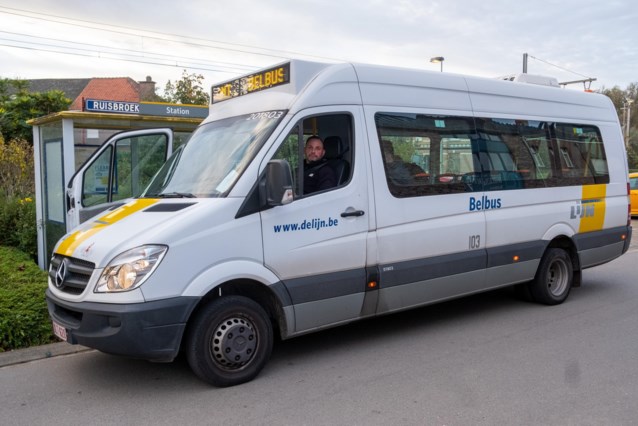Almost six months after the introduction of De Lijn’s new transport plan, the criticism continues. The gaps in the public transport network, especially in rural areas, are being filled by buses on demand. But this flexible transport does not function efficiently at all.
De Tijd reports the news on Friday based on figures that the newspaper requested from De Lijn. Since January 6, the day the plan was introduced on a large scale, the flex buses have covered more than 7.5 million kilometers, the business newspaper writes. However, for more than 4.2 million kilometers there was only a driver in the van. The flex buses drove around without passengers for approximately 56 percent of the kilometers and hours driven on the road.
For the record: in a system with on-demand buses, it is inevitable that kilometers will be traveled without passengers, according to De Tijd. A flex bus is not always immediately close to a stop where someone requests a ride and cannot necessarily immediately pick up a new passenger when another one gets off. The kilometers on the way to a boarding point also count in the calculation.
“For a system that aims to accommodate very individual journeys in mainly rural areas, it is unrealistic to expect that the vast majority of kilometers can be done loaded,” says De Lijn spokesperson Marco Demerling. “Flex transport is by definition demand-dependent and was introduced to provide public transport in places where demand for a line with a fixed timetable was too limited.”
